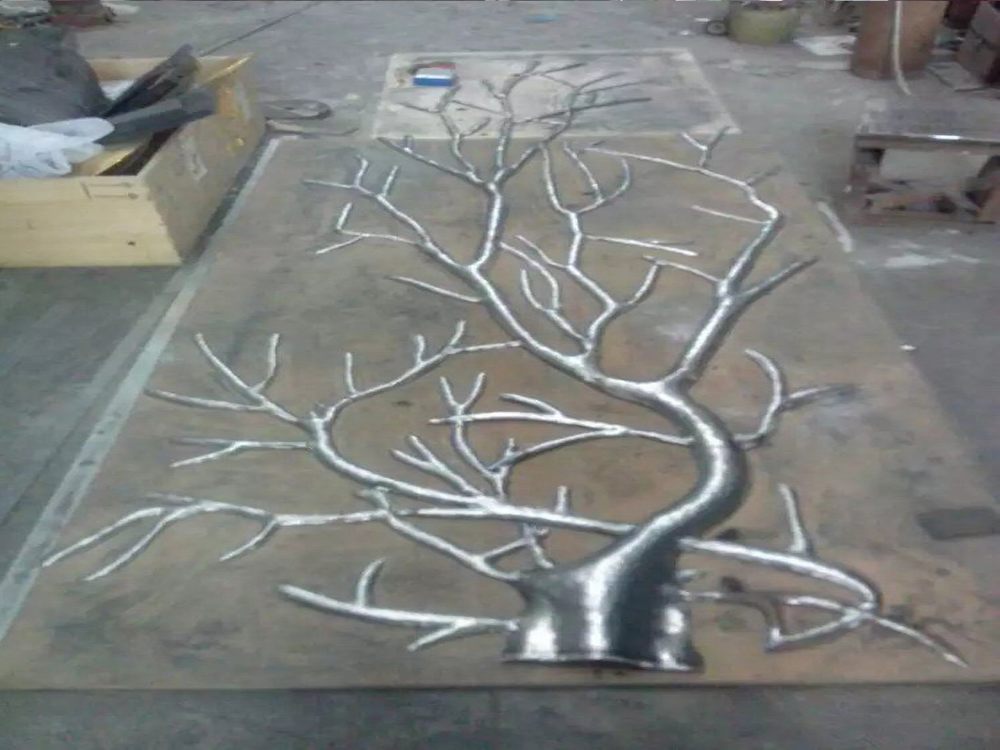
For centuries, sculptors have fascinated audiences by creating the impossible - stone that appears transparent. This remarkable illusion combines technical mastery with artistic vision, transforming solid marble into seemingly delicate, see-through forms.
The secret lies in meticulous light manipulation. Artists carefully study how light interacts with different thicknesses of stone, carving specific areas thin enough to allow light penetration while maintaining structural integrity. The most common technique involves gradually thinning the material in strategic locations, particularly where "transparent" effects are desired, such as veils or flowing fabrics in figurative works.
Master sculptors employ specialized tools like rifflers and dental instruments for ultra-precise carving. They work slowly, constantly assessing the stone's reaction to light from various angles. The thickness gradient must be perfectly calibrated - too thin risks breakage, while too thick loses the translucent effect.
Light refraction plays a crucial role. When backlit, the thinned areas diffuse light differently than thicker sections, creating luminosity contrasts that trick the eye. Some artists enhance this by polishing select surfaces to different degrees, manipulating how light enters and exits the stone.
The choice of material significantly impacts results. Translucent marbles like Statuario or Carrara work best, their crystalline structure scattering light beautifully. The sculpture's positioning relative to light sources completes the illusion, with many works designed specifically for certain lighting conditions.
Contemporary artists continue pushing boundaries with new techniques, but the fundamental principles remain unchanged: patience, precision, and profound understanding of light's interaction with stone. These breathtaking creations stand as testaments to human ingenuity in making the impossible appear real.

